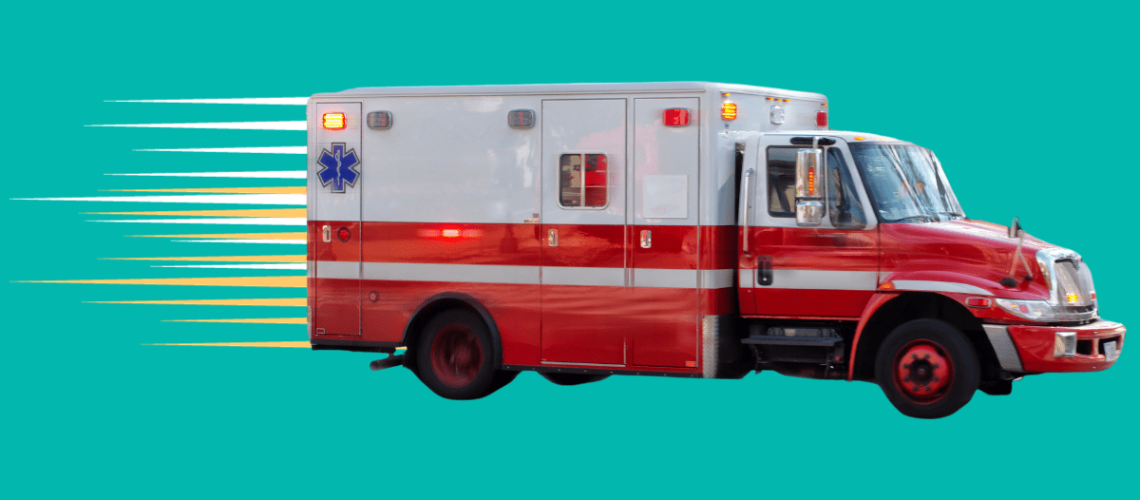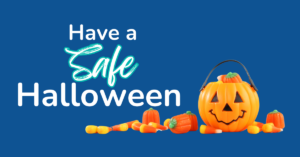While you can try to prevent emergencies, there is no way to prevent them completely – even when it comes to anaphylaxis. If your school staff has been trained and has created your medical emergency response plan, what should it look like when an epinephrine auto-injector is used on your campus?
- Trained staff recognizes anaphylaxis.
- Whether you have a school nurse or not, some or even all of the school staff should be trained on the signs and symptoms of anaphylaxis.
- Around 25% of epinephrine auto-injector use in schools is on students that did not know they have an allergy so recognizing the signs and symptoms in ANY person is important.
- Epinephrine is used AND 911 is called.
- While epi is extremely safe, anaphylaxis is a life-threatening reaction so more medical support and care than a school (with or without a nurse) can provide.
- The child is cared for until first responders arrive.
- 10% of anaphylactic reactions need a second dose of epi
- Any child that receives epi should be cared for by staff until first responders arrive at the scene,
- First responders assess the child.
- EMS should evaluate the child to ensure that more complex life-saving measures are not needed.
- The child gets further medical evaluation at the emergency room.
- Even if a child appears fine once they are assessed by EMS, they should still be evaluated by emergency room medical providers. Anaphylaxis can be biphasic so more medical care may be needed.
- If the child does not have a known allergy and stock epinephrine was used, medical providers need to ensure that the child receives proper medical care and proper follow-up procedures.
- If parents have arrived on campus before the child is taken to the ER, they should be encouraged to ride with the child to the ER but parents/guardians do have the right to refuse additional care.
Once the child is transferred to the care of first responders, reporting protocols should be followed that match your school’s processes. We also recommend, if not already part of the process, alerting the prescriber of the epinephrine of usage – especially if stock epinephrine was used.
If EMS does not do a full assessment of the child or does not transport the child to the emergency room, more allergy education may be needed in your community and Code Ana can help. Just let us know!




